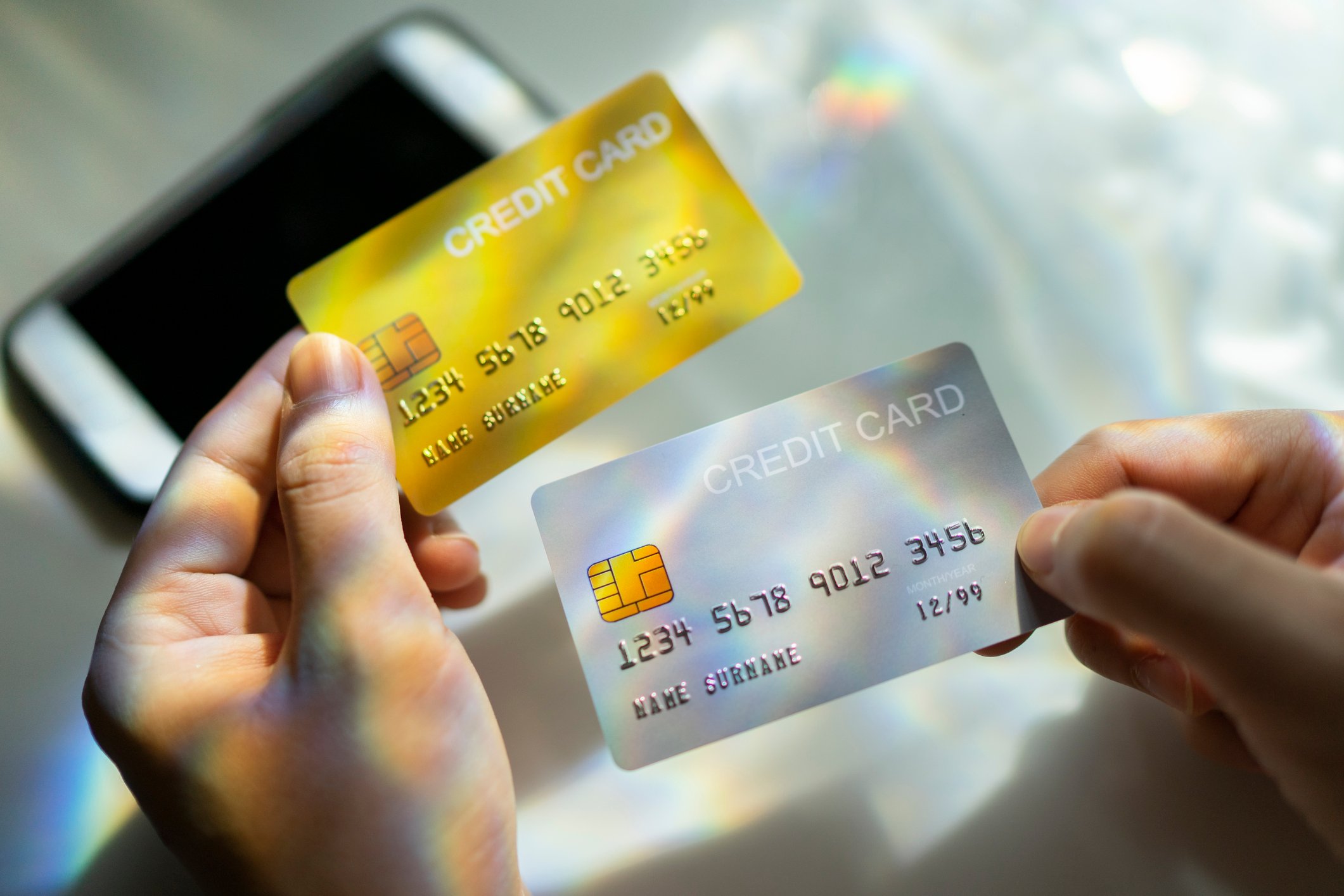In this post, we cover the following:
- What is ACH?
- What is a Credit Card?
- ACH Pros and Cons
- Credit Card Pros and Cons
- ACH and Credit Card Compared
Read on to learn more about which method is right for your business.
What is ACH?
ACH is an electronic funds transfer between two financial institutions through options including checking account, savings account, checks, and electronic checks.
These transactions are made through the National Automated Clearing House Association (NACHA). There are two main types of ACH transactions: ACH credit and ACH debit.
ACH Credit: ACH credit is an electronic payment that delivers funds from one bank account to another. The payer initiates the transfer.
ACH Debit: ACH debit is an electronic transfer from one bank account to another, but the payment receiver initiates the transfer.
What is a credit card?
A credit card is a small, portable plastic card issued by a bank or business that enables the account holder to purchase goods or services. When your customer uses a credit card, the amount they spend will be charged to their line of credit.
By enabling customers to use credit cards, they'll have more time to pay for purchases, even if they don't have cash in their bank account. Credit cards can also be used to make online purchases and help you drive revenue with your website or or ecommerce store
ACH Pros and Cons
There are benefits and drawbacks to using ACH. In this section, we’ll go over the major reasons businesses choose ACH and some detriments.
Pros
The lower fees make ACH an attractive option. ACH payments typically charge a fee between 0.5% to 1.5%, far lower than credit cards’ fee that ranges from 1.5% to 3.5%. ACH also enables sellers to give customers more payment options.
Cons
Cons of ACH include the lengthy processing time and the lack of a guaranteed payment. If a transaction is declined, you may not know about it for several days, which can have a negative impact on your cash flow.
Credit Card Pros and Cons
As with any payment method, credit cards also bear pros and cons.
Pros
Perhaps one of the biggest benefits of credit cards is that they are widely used, which enables businesses to cater to a wider range of customers.
Additionally, payments are guaranteed with credit card transactions and a merchant will receive the funds if the transaction is approved.
Cons
A drawback of credit cards is a high fee compared to ACH. With credit card processing fees like interchange, payment processor, and assessment fees, the monthly fee can range from $9.95 to $20, according to a Forbes article.
Also, merchants need to consider the cost of credit card terminals and how to handle fraud. In 2021, the Federal Trade Commission (FTC) responded to almost 390,000 instances of credit card fraud.
ACH and Credit Card Compared
There are three key differences between ACH and credit cards: guarantee of payment, automated clearing house processing times, and fees. In this section, we break down what each one means.
Guarantee
The main difference between ACH and credit cards is the guarantee. Credit card payments are guaranteed funds transactions — the credit card network will verify whether the payor is within their credit limit and then approve or disapprove the trade.
On the other hand, ACH payments don't guarantee the funds. Payments can be rejected for insufficient funds, closed accounts, and more reasons.
Processing times
ACH can take three or more business days to process the transaction. In contrast, a credit card processes the transaction within 24 hours to three days of the transaction date.
Fees
Lastly, fees differ for ACH and credit card transactions. ACH usually has the lowest transaction cost of all payment systems, while credit cards usually charge 2.5% of the transaction value in fees, plus an additional processing fee.
You need a way to accept payments.
Whether it's ACH or credit card, every business needs a way to accept payments.
By evaluating the pros and cons of both payment methods, you can make the best decision about how to accept payments for your business.

